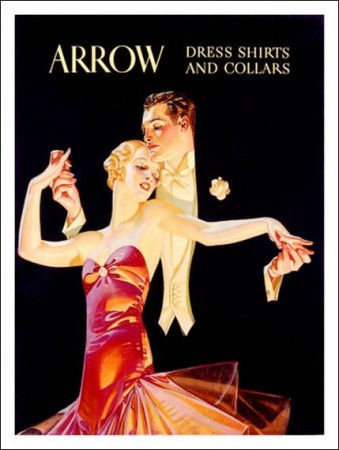Significant historical changes in the status of movie stars have paralleled decisive technological, economic, and social changes that have affected the American film industry as a whole, such as the coming of sound, the Great Depression, and the rise and fall of movie attendance. The contractual terms and salaries for movie stars have also been affected by the same factors.
In the highly competitive and expanding market that existed between 1910 and 1920, the most popular silent-movie stars eventually obtained contractual terms that equalled and possibly exceeded their individual contributions to box-office success, and some of them also became involved in film production themselves, although the development of sound and its demand for experienced stage and radio performers ended the careers of many silent film stars.
Those working during the early 1930s, when movie attendance declined and industry power was concentrated in the hands of a few studios, were placed in a poor bargaining position, and studios began exercising near autocratic control over the star system.
The fashion image most associated with the 1930s – a decade of Depression, unemployment, fascism and the approach of war – is probably the glamorous Hollywood pale satin evening gown, a bias-cut creation slithering to the floor, lowbacked and clinging to the thighs.
This ambiguous garment did not look very different from a nightdress, and managed to appear both sultry and languid – chic and upper-class in the pages of Vogue or trampishly sexual when worn by Jean Harlow.
The revolution wrought by sound had given rise to a new galaxy of stars and introduced new types of pictures. Many of the familiar figures of the movie world continued in the talkies their success in silent films; a few staged remarkable come-backs after a period of eclipse while they adapted themselves to an unfamiliar technique. Actors and actresses of the legitimate stage, who had often scorned the pantomime of the silent film, made their hopeful way to California in droves, and a good many of them remained. Singers and dancers, for whom the talkies represented an entirely new opportunity, were suddenly in great demand. In a whirl of expanding energy, Hollywood exploited all the means at its disposal to reach the still broader market for popular entertainment now opening up.
Related Link: Read more Popular Culture stories
Views: 393



